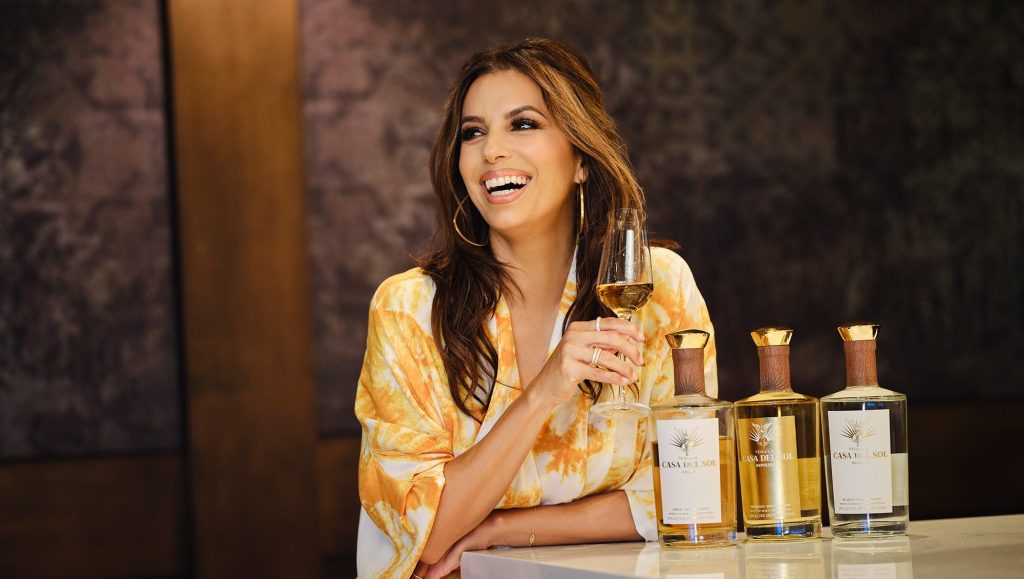Introduction to Expensive Tequila
Tequila, the iconic Mexican spirit, has undergone a remarkable transformation over the years. Once considered a rough-and-ready drink meant for quick shots and revelry, tequila has evolved into a sophisticated and luxurious spirit. This metamorphosis has given rise to the world of expensive tequilas, where craftsmanship, tradition, and exclusivity converge to create bottles that are not only beverages but also works of art. Expensive tequila is more than just a drink; it’s an experience that embodies the rich heritage of Mexico and the meticulous processes that make each bottle unique.
Craftsmanship and Tradition: The Heart of Luxury Tequila
The journey to creating a premium tequila begins with the agave plant, specifically the Blue Weber agave, which is cultivated primarily in the Jalisco region of Mexico. The agave must mature for a minimum of seven to ten years before it is harvested, ensuring that the sugars within the plant are at their peak. This maturation period is crucial, as it directly influences the flavor profile of the tequila.
Harvesting the agave, or “jima,” is an art form in itself, requiring skilled jimadores who meticulously cut the leaves to reveal the heart of the plant, known as the piña. The piñas are then slow-cooked in traditional brick ovens or autoclaves to convert the complex carbohydrates into fermentable sugars. After cooking, the piñas are crushed to extract the juice, which is then fermented and distilled. The distillation process is where the magic happens, as it transforms the agave juice into a spirit with distinct characteristics. For expensive tequilas, this process is often done in small batches, with great attention to detail to ensure the highest quality.
Aging and Maturation: Time as a Key Ingredient
One of the defining features of expensive tequila is their aging process. While young tequilas, or “blancos,” are unaged and boast a fresh, vibrant flavor, the more luxurious expressions, such as “reposado” and “añejo,” spend significant time aging in oak barrels. This aging process imparts complex flavors and a smooth finish, setting these tequilas apart from their less mature counterparts.
Reposado tequilas are aged for a minimum of two months but less than a year, while añejos are aged for at least one year but less than three. Extra añejos, the pinnacle of aged tequilas, must be aged for a minimum of three years. The type of barrel used, whether it’s American or French oak, new or previously used, also plays a significant role in shaping the final product’s flavor profile. The longer aging period allows the tequila to develop rich notes of vanilla, caramel, and spice, making each sip a luxurious experience.
Exclusivity and Presentation: The Art of Bottling
In the world of expensive tequila, presentation is almost as important as the liquid inside the bottle. Luxury tequilas often come in intricately designed bottles that reflect the craftsmanship and tradition of the spirit. Some bottles are hand-blown by skilled artisans, while others are adorned with precious metals or crystals, making them true collector’s items.
The exclusivity of these tequilas also adds to their allure. Limited production runs, often dictated by the availability of high-quality agave and the lengthy aging process, mean that only a select few can enjoy these exceptional spirits. Brands like Clase Azul and Casa Dragones produce small batches of their finest tequilas, ensuring that each bottle is a rare and valuable find. This exclusivity not only justifies the high price but also elevates the status of the tequila to that of a luxury item, on par with fine wines and rare whiskeys.
The Experience of Tasting Expensive Tequila
Tasting an expensive tequila is a sensory journey that goes beyond mere consumption. It is an experience that engages the senses, from the visual appeal of the bottle to the rich aromas and complex flavors that unfold with each sip. Proper tasting involves using a specific type of glass, similar to a wine glass, which allows the aromas to concentrate and enhances the tasting experience.
The first step in tasting is to observe the color, which can range from clear in blancos to deep amber in extra añejos. Swirling the glass releases the tequila’s bouquet, revealing a spectrum of scents, from floral and fruity to earthy and spicy. Taking a small sip and letting it coat the palate reveals layers of flavors that evolve over time, leaving a long, satisfying finish. The complexity and depth of flavor found in expensive tequilas are a testament to the meticulous processes and time-honored traditions that go into their creation.
Conclusion: The Legacy of Luxury Tequila
Expensive tequila represents the pinnacle of craftsmanship and tradition in the world of spirits. From the careful cultivation of the agave plant to the intricate aging process and exquisite presentation, every aspect of producing luxury tequila is a labor of love and dedication. These tequilas are not just beverages; they are a celebration of Mexican heritage and a testament to the artistry of master distillers.
For those fortunate enough to experience it, expensive tequila offers a taste of luxury that is unmatched. Whether sipped neat, savored in a fine cocktail, or displayed as a work of art, these tequilas embody the essence of indulgence and refinement. As the appreciation for high-quality spirits continues to grow, the allure of expensive tequila remains stronger than ever, inviting connoisseurs to explore the depths of flavor and tradition that define this remarkable spirit.



